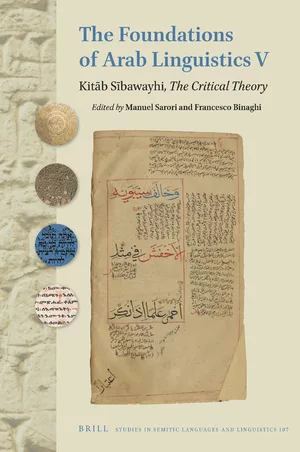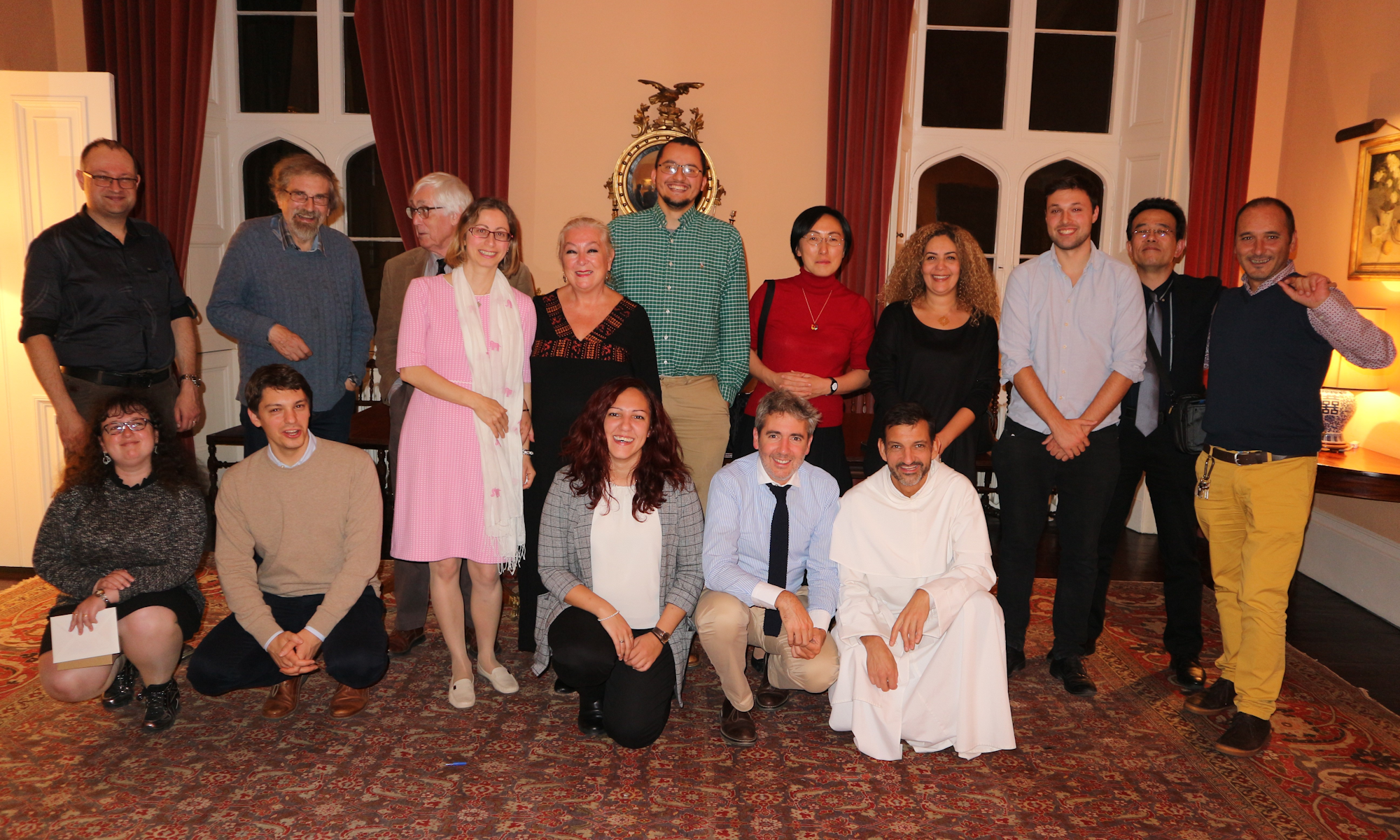The proceedings of this fifth conference were published in this volume:
The foundations of Arab linguistics V: Kitāb Sībawayhi, The critical theory (edited by Manuel Sartori & Francesco Binaghi), Leiden: Brill, 2022 (“Studies in Semitic languages and linguistics”; 107).
“Arab linguistics” replaces the previous “Arabic linguistics”, which is an echo of the distinction sketched by Michael G. Carter in a prominent article of his¹ where he defines Arab linguistics as encompassing not only this language’s own linguistic tradition, but also the contribution of all those interested in it, including therefore Western scholars, while Arabic linguistics identifies the study of Arabic through the lenses of modern linguistics, whose theories, standards and methods have started to be developed in Europe in the 18ᵗʰ century. Therefore, “Arab linguistics” appears more convenient to describe our works that are dealing with the medieval Arabic grammatical tradition.
¹ Carter, Michael G. 1987‒1988. “Arab Linguistics and Arabic Linguistics”, Zeitschrift für Geschichte der Arabisch-Islamischen Wissenschaften 4, 205–206.

This volume includes:
Part 1: The critical theory of Sībawayhi’s Kitāb
- Chapter 1: “Ṭūl al-kalām in the Kitāb” by Michael G. Carter (pages 13–36)
- Chapter 2: “‘A little yesterday’: The “canonical” text of Sībawayhi’s teaching confronted to two unedited manuscripts of the Kitāb” by Ilyass Amharar & Jean N. Druel (pages 37–51)
- Chapter 3: “Arabic grammar and Qurʾānic scholarship in 2ⁿᵈ/8ᵗʰ century’s Basra: A comparative analysis of the Qurʾānic material found in the Kitāb Sībawayhi and in al-ʾAḫfaš al-ʾAwsaṭ’s Maʿānī al-Qurʾān” by Raoul Villano & Giuliano Lancioni (pages 52–96)
- Chapter 4: “The Arabic linguistic tradition after Sībawayhi: A study in the profile of the speaker” by Hanadi Dayyeh (pages 97–113)
- Chapter 5: “Referencing Sībawayhi: The reception of the Kitāb as a source by Simona Olivieri (pages 114–134)
- Chapter 6: “Grammar and the radd genre in al-Andalus” by Francesco Binaghi (pages 135–153)
Part 2: Further developments of the critical theory
- Chapter 7: “Fārābī against the Grammarians?” by Wilfrid Hodges & Manuela E. B. Giolfo (pages 157–178)
- Chapter 8: “Ibn al-Sarrāǧ’s classification of pseudo-objects and the grammatical concept of faḍla” by Hideki Okazaki (pages 179–197)
- Chapter 9: “Suprasegmental criteria in medieval Arabic grammar” by Manuel Sartori (pages 198–222)
- Chapter 10: “On interpretation of the pronoun huwa in 112/1 of the Qurʾān: Tafsīr and grammar” by Haruko Sakaedani (pages 223–243)

